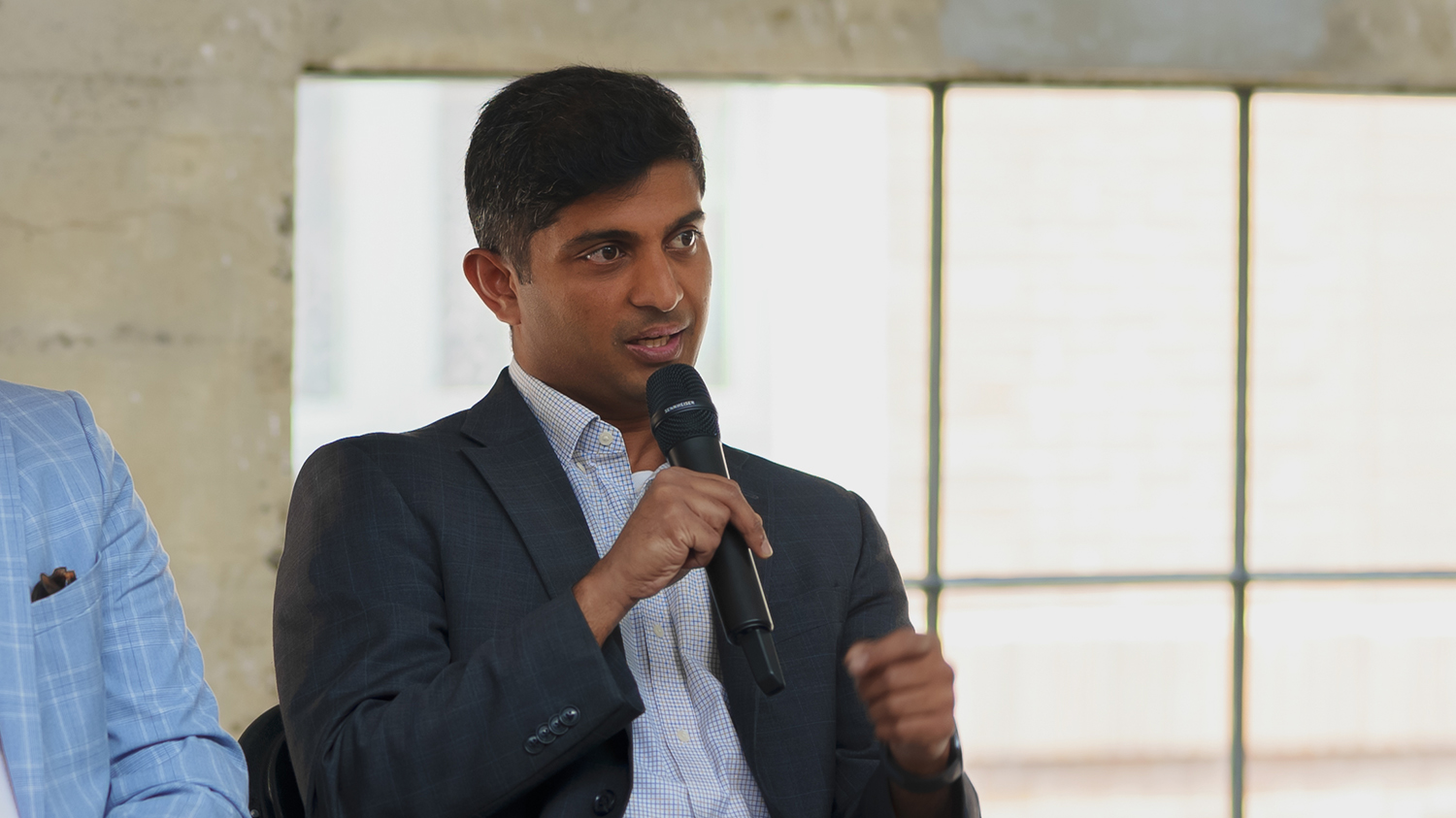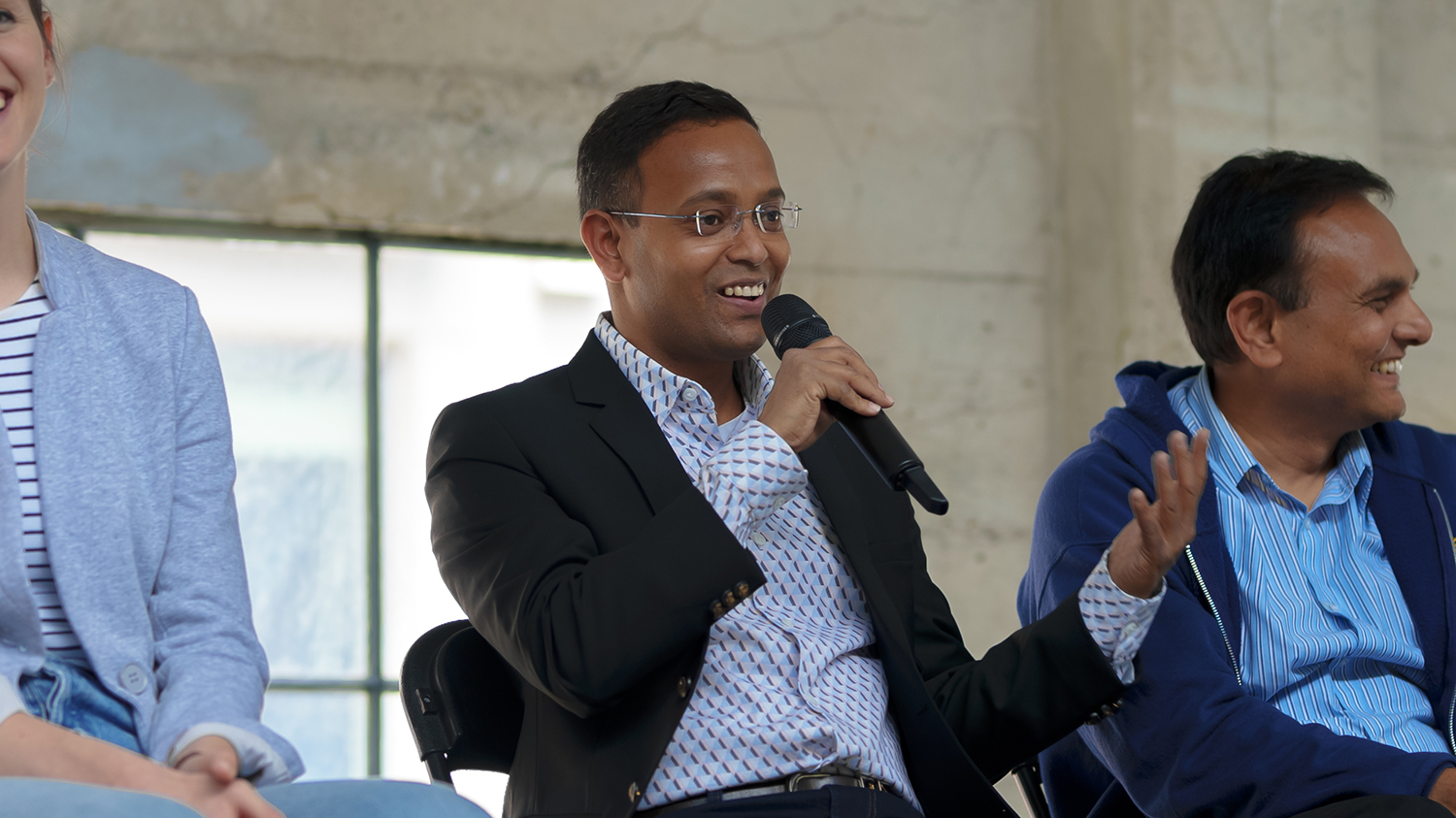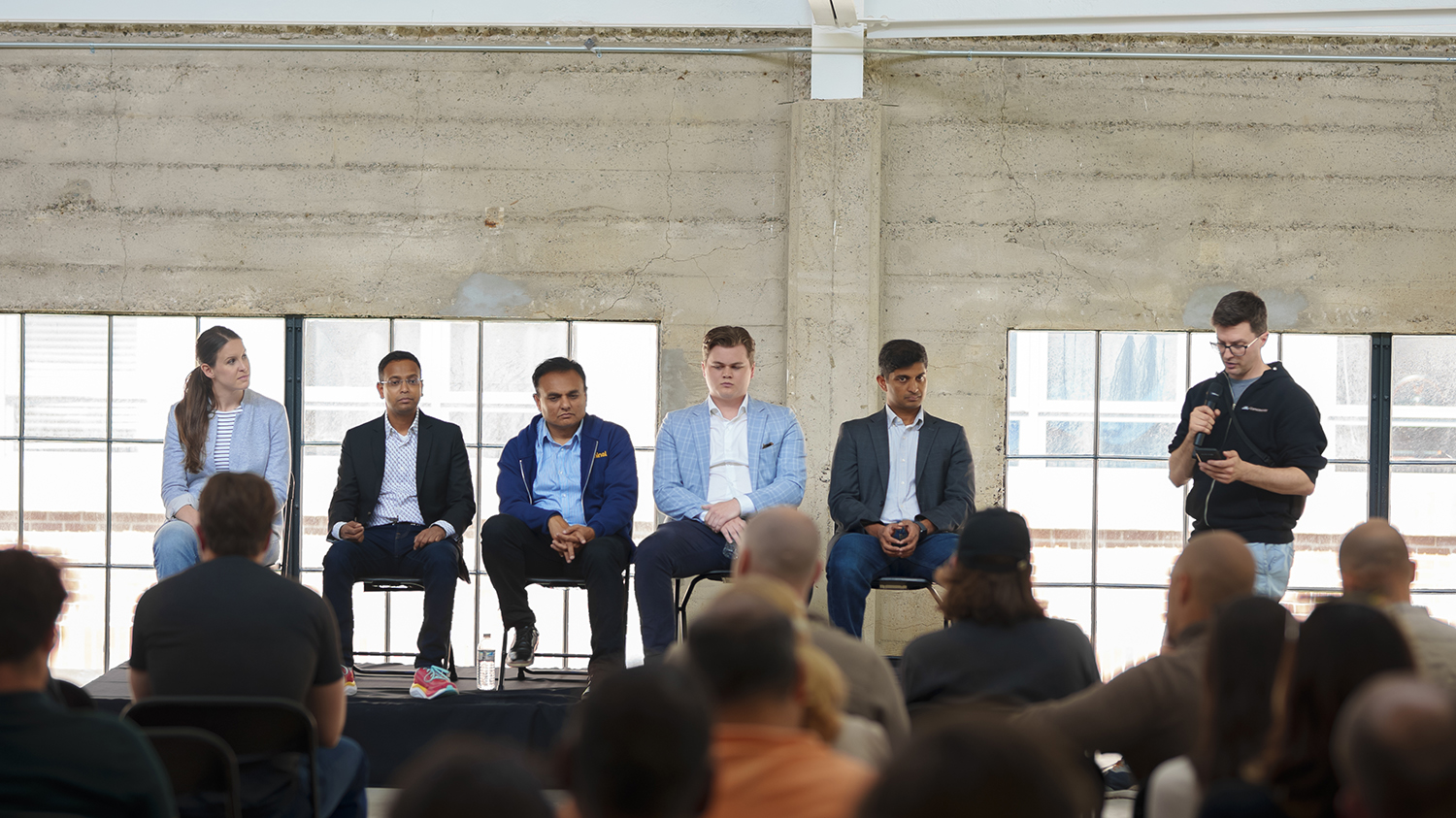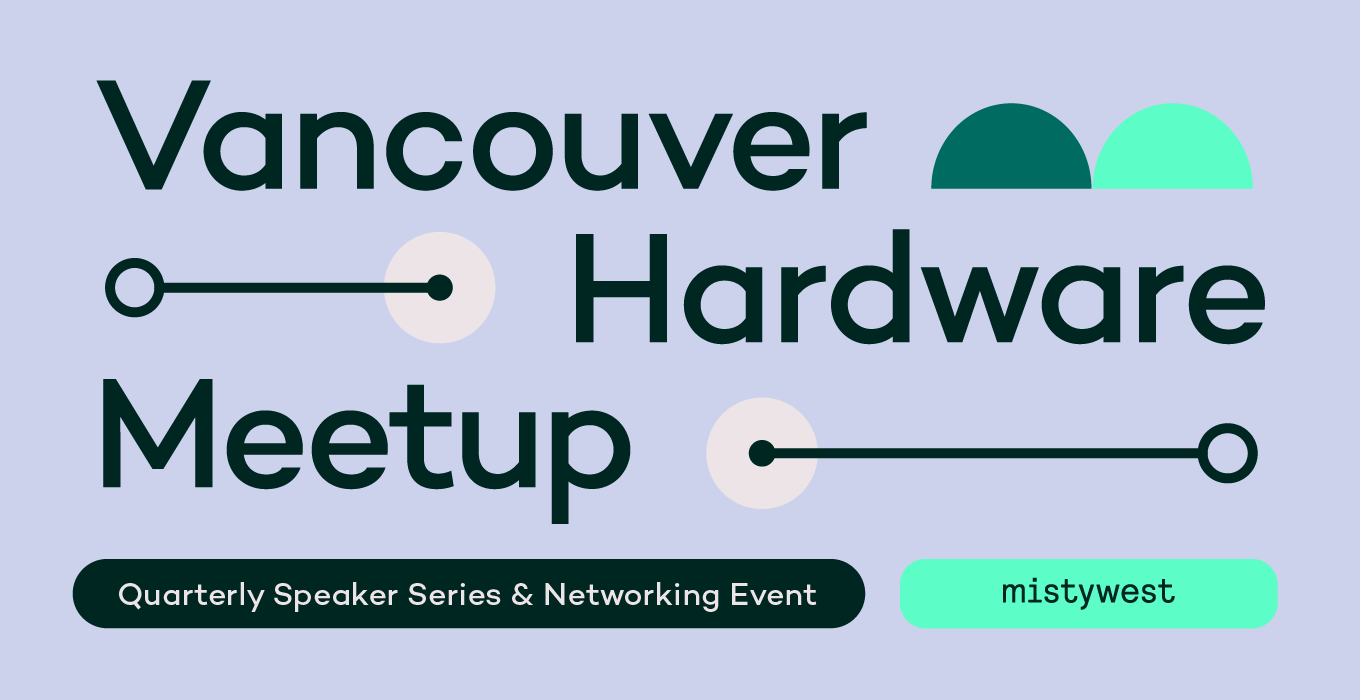
BLOG
Cracking CapEx Heavy Industries: From Red Tape to Green Lights
Deep Tech startups are attempting to create massive change in legacy industries like mining, construction, energy, and manufacturing. These industries present unprecedented opportunities for accelerating the transition to a sustainable future – however, progress is slow because it often comes with high capital expenditure, risk for the incumbent operators, and a lot of red tape.
In the search for answers on how to validate and prove technology and how to navigate regulatory bodies, MistyWest hosted a panel on Cracking Capex Heavy Industries: Prototype to Scale during the first ever Deep Tech Week in San Francisco. Moderated by MistyWest CEO Taylor Cooper, we asked experts working in Deep Tech about the keys to startup success in capital-intensive and risk-averse industries.
From red tape to green lights, and going slow to go fast – here are the biggest takeaways from our discussion.
Gain industry trust through gentle disruption
“Selling to large, risk averse companies requires intimate knowledge of the workflows they use to manage that risk,” says Vivin Hegde, a founding and managing partner at global venture capital firm Zacua Ventures. When working in Deep Tech for mining or other legacy industries, the margins are small and the cost of disruption is very high. “You need to prove that you can add value without disrupting the existing workflows. Only once you earn their trust and have shown value do you earn the right to actually disrupt their workflows.”
This approach is known as gentle disruption. In the mining industry specifically, startups need to have conversations with the top executive and operations team to convince them that you’re ‘safe enough to try’ and will generate a return. Conversely, the innovation team will likely be unable to get you a PO, leaving you trapped in ‘death by pilot study’.

Vivin Hegde says gentle disruption helps build trust with risk averse companies
NORCAT Innovation owns and operates a fully operational mine that allows startup clients to test and validate their tech before approaching major mining companies. For customers who cannot afford disruptions in their operations, this helps justify the adoption of a new technology and minimizes risks and downtime.
“You can’t go to a mining company with an idea and say, ‘hey, let me use your mine. I’ll spend a couple of weeks with your personnel testing it out to prove to you that what I’m saying actually works’,” says Brendan Skiffington, manager of NORCAT Innovation and investment manager for the Sudbury Catalyst Fund. “You need to bring them a proven technology.”
Learn the language of your stakeholders
To help you secure buy-in from stakeholders, learn to understand a customer’s pain points and demonstrate the clear economic benefits from your technology, such as cost savings or increased efficiency. “If your product is not ready and there’s no dollar value to present to customers, then you shouldn’t be approaching customers,” says Bibhrajit Halder, founder and CEO of SafeAI, a leader in autonomous technology and solutions for heavy vehicles.

Bibhrajit Halder is helping mining operations become safer, smarter and more productive with SafeAI
“We don’t tell a $100 billion global mining customer that they should hire us just because our AI is better,” continues Bibhrajit. “We speak the production language. We bring data and we say, “you currently spend $3.50 to mine one ton of material; with our technology, we’re gonna make it $2.80.”
Get as far into hardware development as possible before seeking venture capital
“Never talk to a VC until you are at least four or five years in,” says Vivin. “Look at research grants, whether it’s from universities, the department of defense, or government organizations.” Angel or venture family funding should only be considered once your company is further into development and generating revenue.
Match the funding sources with the stage of development and the capital requirements, and explore creative financing options such as equipment leasing and partnerships with potential customers. Nuclear power aside, risk capital should be used to experiment and develop something that is almost productizeable, and infrastructure funding considered when a company comes to scale.
Red tape can lead to a green light
While regulations can create barriers, they also serve to establish safety standards.
“The Nuclear Regulatory Committee (NRC) has taken a lot of heat for slowing down the development of new nuclear reactors,” says Tori Shivanandan, COO at Radiant, who is helping build Earth’s first mass-produced nuclear reactors. “But I haven’t heard of an application for a reactor design that was mature, safe, well-tested, and with customers waiting to actually use the power, that was rejected by the NRC.”

Tori Shivanandan of Radiant speaks about the NRC and regulations
Regulators also have PR and communications teams who help tell the story – and we all know the NRC has faced a plethora of PR nightmares in the last century. “Their personnel want to see the energy exist and be abundant,” continues Tori. “They’re just operating with rules that were written before most modern software and technology existed, and those rules need to change.”
Counter-intuitively, regulations can also help accelerate the adoption of new technologies. New regulations can be a catalyst for technology adoption such as safety standards pushing mining companies to seek out solutions such as SafeAI so their operations can be safer, smarter and more productive.
Going slow to go fast
Success for Deep Tech startups relies on a strategic approach, and Taylor Cooper suggests rapid learning cycles, a process that MistyWest uses, in order to go slow to go fast.
“At the start of a project, identify where the biggest risk is and work to reduce that risk in a very specific way,” says Taylor. “You might feel like your project isn’t moving forward, but once you start to scale up and commercialize you’ll see that you’re going slow to go fast.”

The full panel from the discussion with MistyWest CEO Taylor Cooper
When it comes to adoption of new technologies in capital-intensive industries, conducting tests earlier allows deep tech startups to validate and prove the technology, and secure funding down the line. By zeroing in on pain points, you’ll earn the customer trust needed to achieve the next stage of your startup journey and see how your product performs in real world applications.
Cracking capex heavy industries means going slow to go fast to reach your commercial potential.
Watch the entire discussion
Want to attend our next panel discussion?
We host four Vancouver Hardware Meetups a year with local tech and business leaders to discuss the latest trends and developments across many industries and sectors. Join our group to be notified about the next event.
